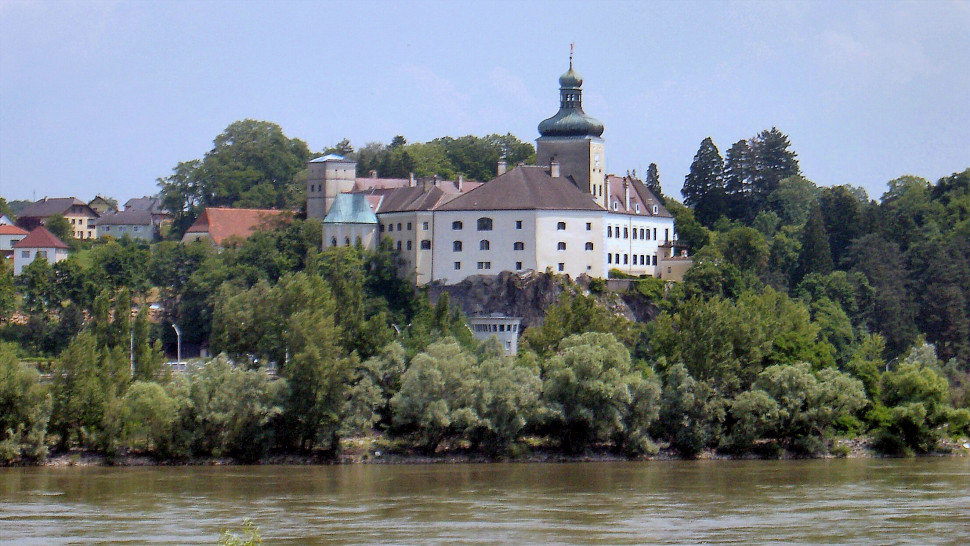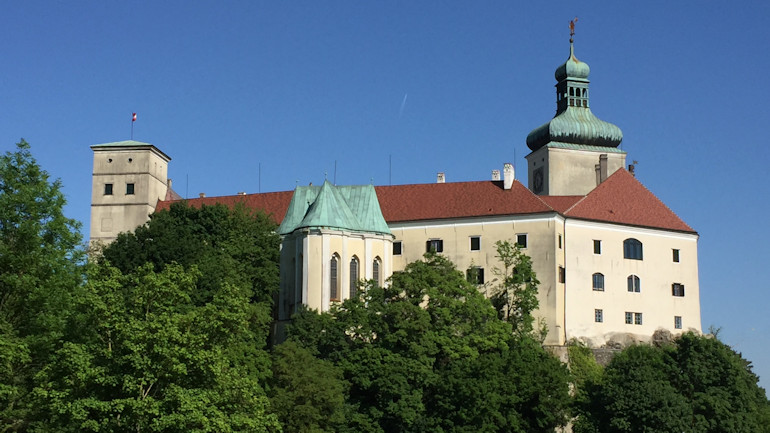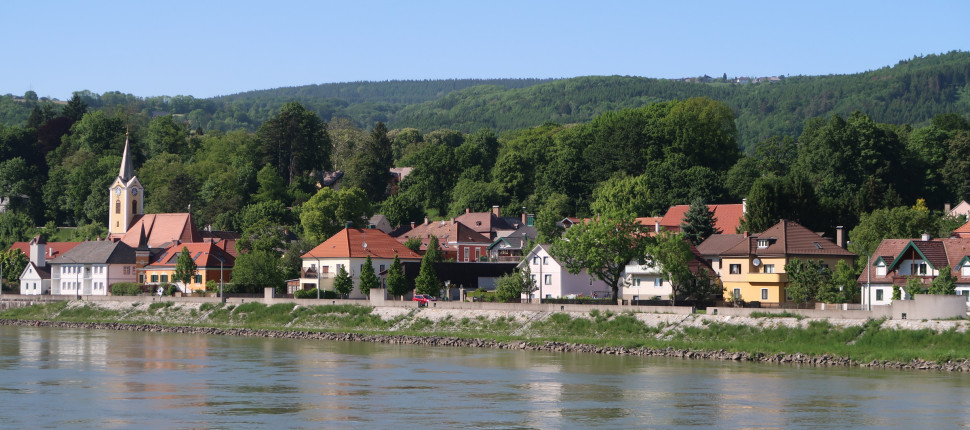At the end of the first millennium, the original Bösenberg Castle was one of the early castles of the Babenberg margraviate and was owned by the Bavarian Counts of Ebersberg. In 1045 the castle was the scene of a prominent gathering which ended in a catastrophe: After the death of the last Ebersberger Adalbero, Emperor Henry III and numerous clerical and secular dignitaries of the empire met here for inheritance negotiations. During the festivities the floor of the hall collapsed to the bathing room below and several high-ranking personalities died, but the emperor remained unharmed. According to the contemporary account of the memorable event, the castle was already a representative, well-equipped seat with at least a two-storey main building.
In the 11th century, the castle was owned by Agnes, daughter of Henry IV, and through her marriage she came into the possession of Margrave Leopold III. From this time on, Persenbeug was a sovereign and was initially administered by burgraves and since the end of the 14th century it has been pledged to nobles. Emperor Maximilian I kept the estate as personal property from 1495 to 1519 and used the castle as a hunting lodge. In 1521 Ferdinand I, who had travelled from Spain, received the homage of the estates in Persenbeug and Ybbs.
In 1593 Emperor Rudolf II sold the dominion to the Counts of Hoyos. A few years later the village became the centre of the peasant uprising. In winter 1597 the peasants occupied the castle for five weeks and from here they conquered the town of Ybbs.
Under the Counts of Hoyos the castle was rebuilt in the early 17th century. The castle chapel, which stands out from the western front and has a late Gothic appearance due to its polygonal choir, also dates from this period. In 1800 Emperor Franz II/I acquired the castle. (Franz II. as German Emperor, resp. Franz I. as Emperor of Austria) acquired the castle, which became his favourite summer residence. Emperor Karl I (1916-1918) was born here in 1887. He was the last Austrian emperor. Through several inheritances the dominions of Persenbeug and Gutenbrunn came into the possession of Emperor Franz Josef I, who passed it on to his daughter Marie Valerie in 1916. Today the castle is inhabited by their descendants, the families Habsburg-Lorraine and Waldburg-Zeil, and is the seat of the estate administration.




